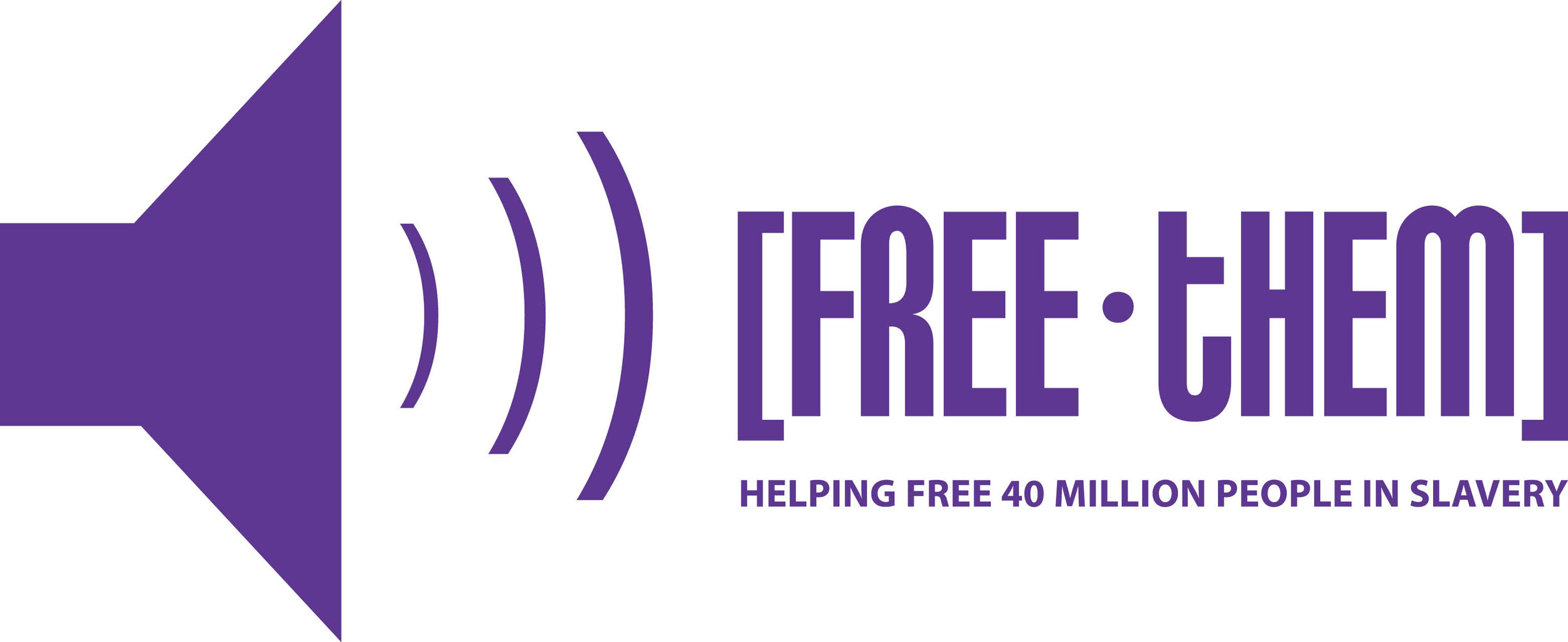Ontario’s Anti-Human Trafficking Strategy – Protecting Victims and Supporting Survivors (Part 3 + 4 of 4)
Ontario rolled out an Anti-Human Trafficking Strategy in 4 parts. To review Part 1 and Part 2, click to read our detailed blogs. Premier Doug Ford, Associate Minister of Children and Women’s Issues, Jill Dunlop, and Solicitor General Sylvia Jones are responsible for the updated legislation which covers these four areas. We will now finish the series by examining Part 3 and 4 which includes:
Part 3 - Protecting victims
Part 4 - Supporting survivors
Protecting Victims
The average age of human trafficking victims is 13 years old. It is imperative to have early intervention and education for prevention. The strategy prioritizes youth prevention and intervention designed to serve children under 16.
The strategy includes the following key points:
Develop Police and Early Prevention Services as part of a new specialized intervention team, focusing on at-risk and exploited children and youth. This team will enforce a collaborative effort towards a more targeted response.
Fund 3 new licensed residences to serve missing and at-risk youth under the age of 16 in need. This will also include support to deal with the trauma experienced by trafficked children and youth.
Expand the Youth-In-Transition Worker program to include 12 human trafficking support workers. The focus will be on employment services and life-skills training and housing supports. The workers will be phased in over six years.
Continuing education and prevention efforts through Ontario schools, building on the school curriculum. The new system will focus on Health and Physical Education to expand the digital learning and resources available to students.
Part 4 focuses on the health of the survivors of human trafficking and how they will be supported through their recovery.
Supporting Survivors
Survivors of human trafficking require trauma-specific community support. As Indigenous women and children are particularly affected, it is vital to include First Nation, Inuit, and Métis communities, specifically in the plan.
The strategy includes the following key points:
Investing $4 million per year in funding for Indigenous-lead initiatives. This funding will enable frontline service providers to reach targeted and underserved groups.
Increase funding for the Indigenous Anti-Human Trafficking Liaisons programs. This funding will be able to provide targeted, ongoing service planning, and delivery support to agencies and communities seeking to support Indigenous survivors.
Invest $6 million a year in new funding will allow for new child-specific programming, and increased support in northern, rural, and Francophone communities. For example, emergency and transitional housing, trauma-informed counselling, and health and mental health support.
Expanding the Victim Quick Response Program+ (VQRP+) and the Vulnerable Victims and Family Fund (VVFF), and increased funding to Victim Crisis Assistance Ontario (VCAO). These programs will help to enhance assistance for accommodations, branding removal, and counselling.
Increased funding for Indigenous Victims Services to offer a holistic approach to healing, including support for family members.
Meet the needs of human trafficking by expanding the Victim/Witness Assistance Program (V/WAP) to include new court-based Victim/Witness Services workers.
These essential initiatives are set to roll out over the next few years to create a supportive structure for victims and survivors in need of assistance throughout their recovery. The recognition of the need to support victims and survivors of human trafficking is a big step in the right direction for the province and the fight against human trafficking. To read the full strategy click here .
If you are or believe you have identified someone in a trafficking situation, you can take action. Call 911 immediately to notify local law enforcement. You may also call the human trafficking hotlines in Canada and the United States by dialling the numbers below. Both hotlines are open 24/7/365 days of the year and provide services in over 200 languages.
Canadian Human Trafficking Hotline
1-833-900-1010
United States Trafficking Hotline
1-888-373-7888


